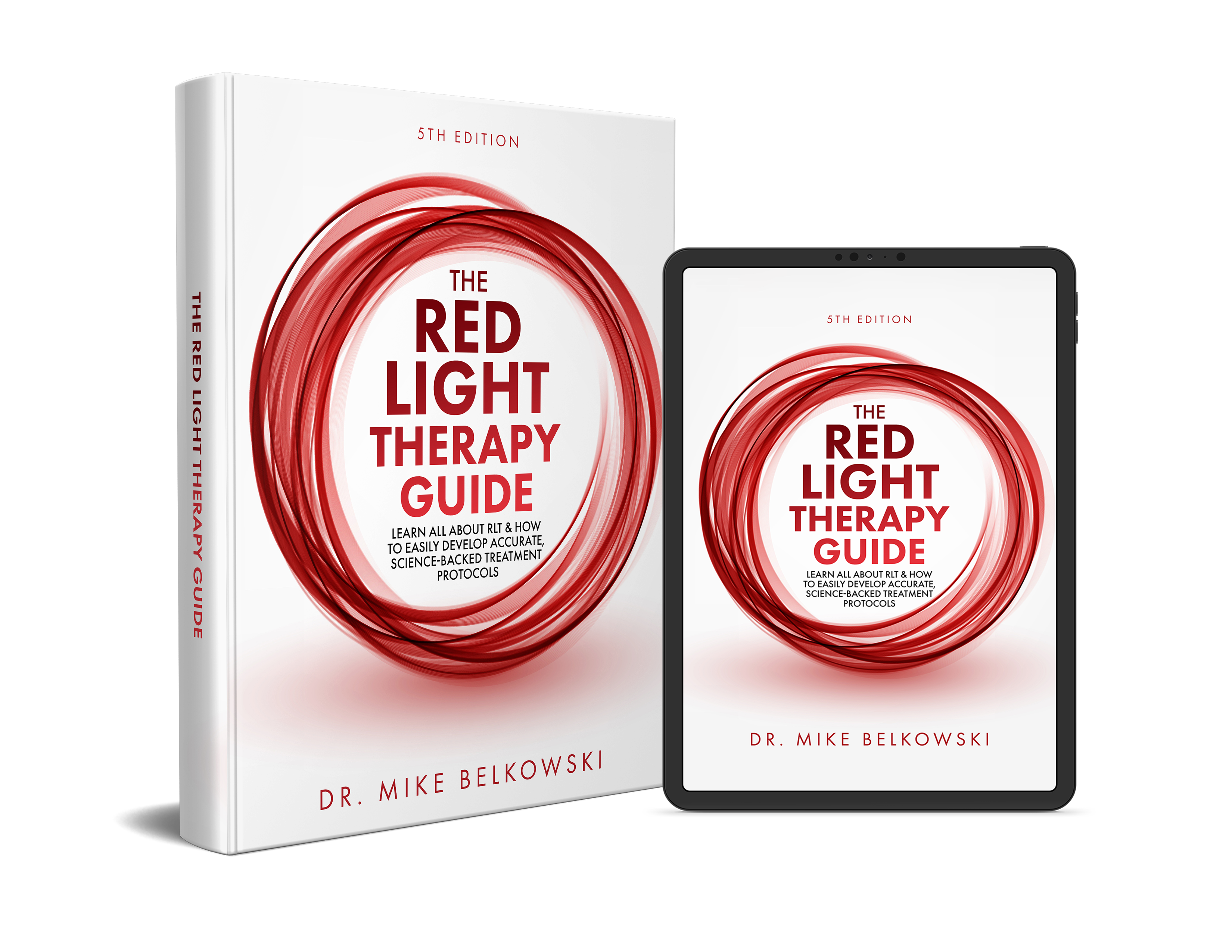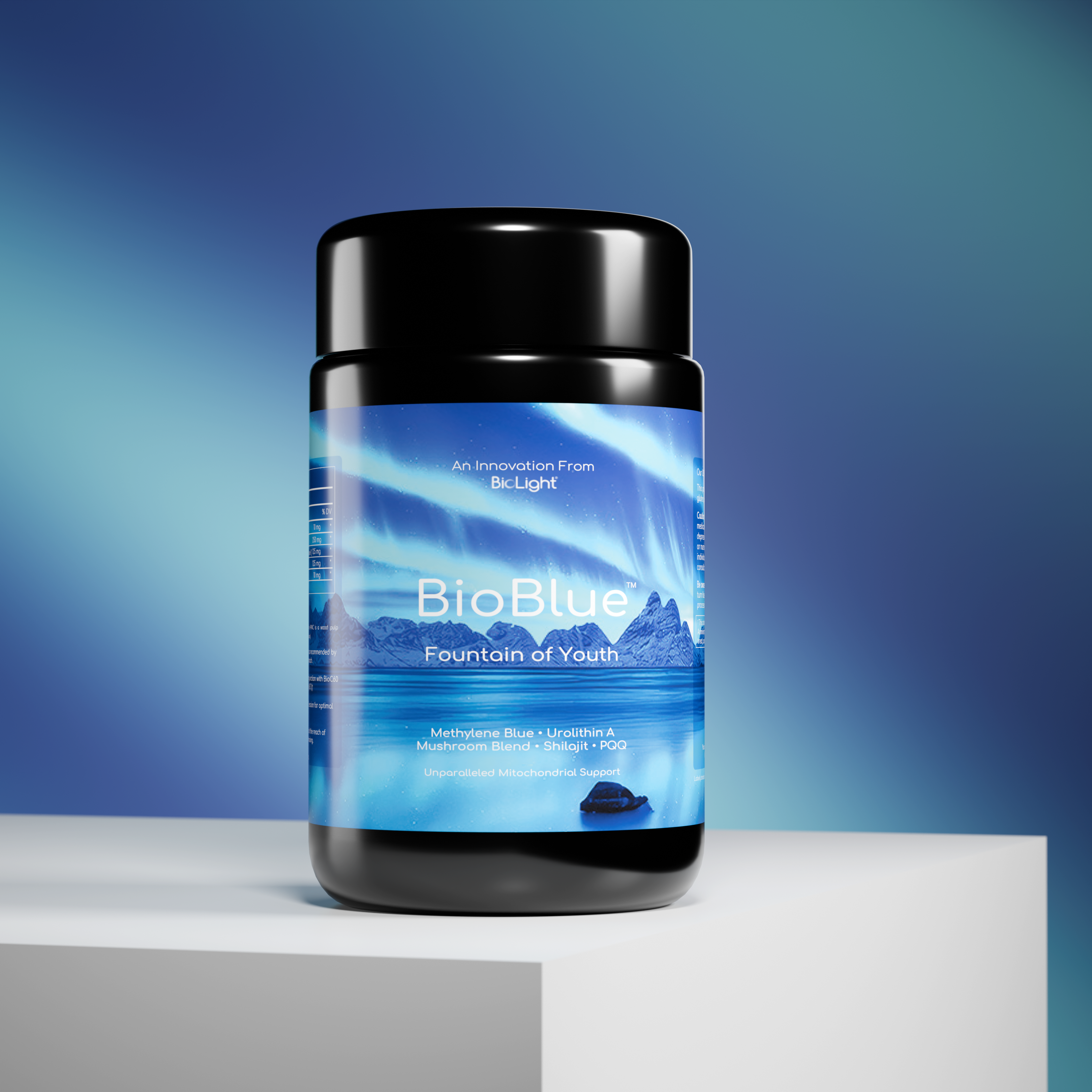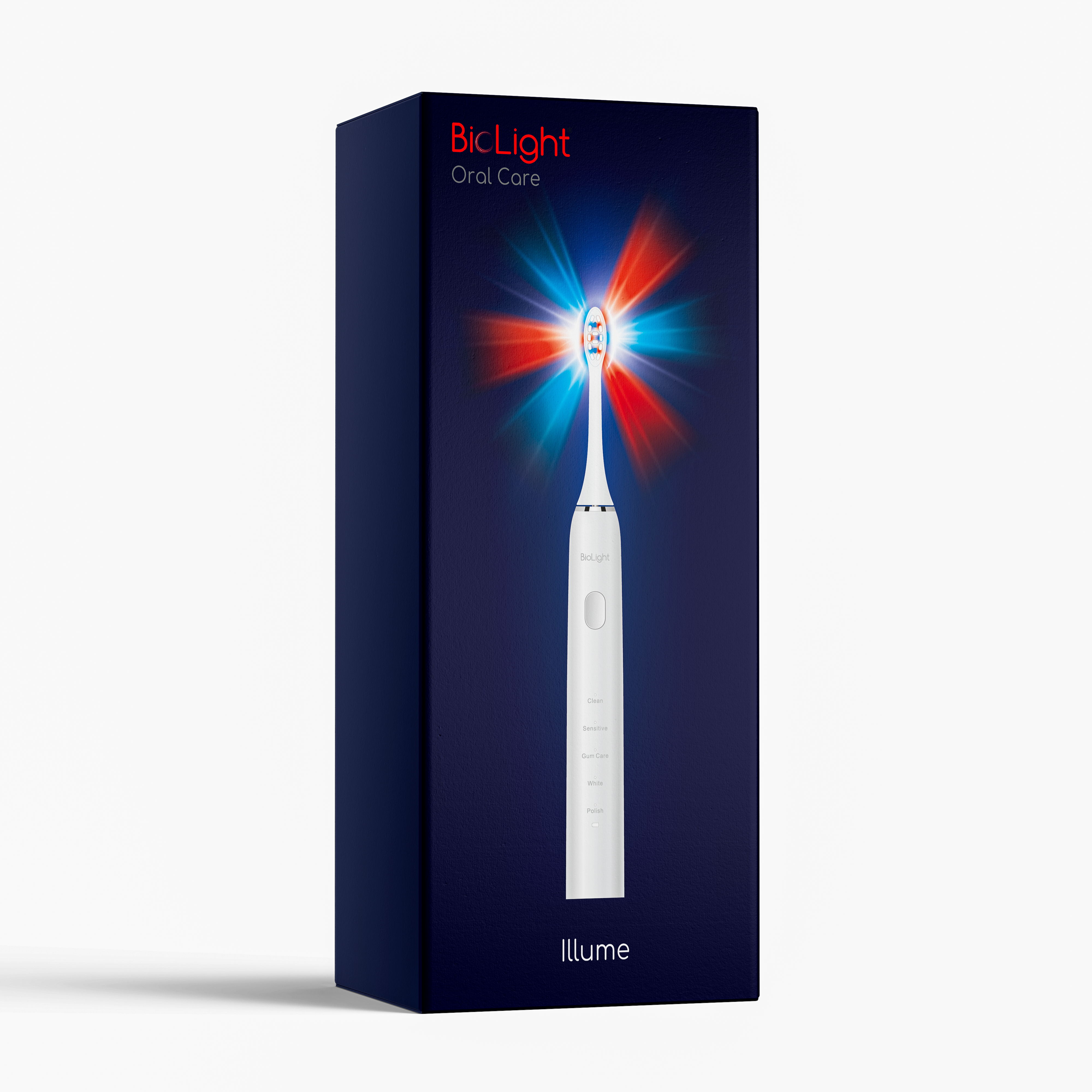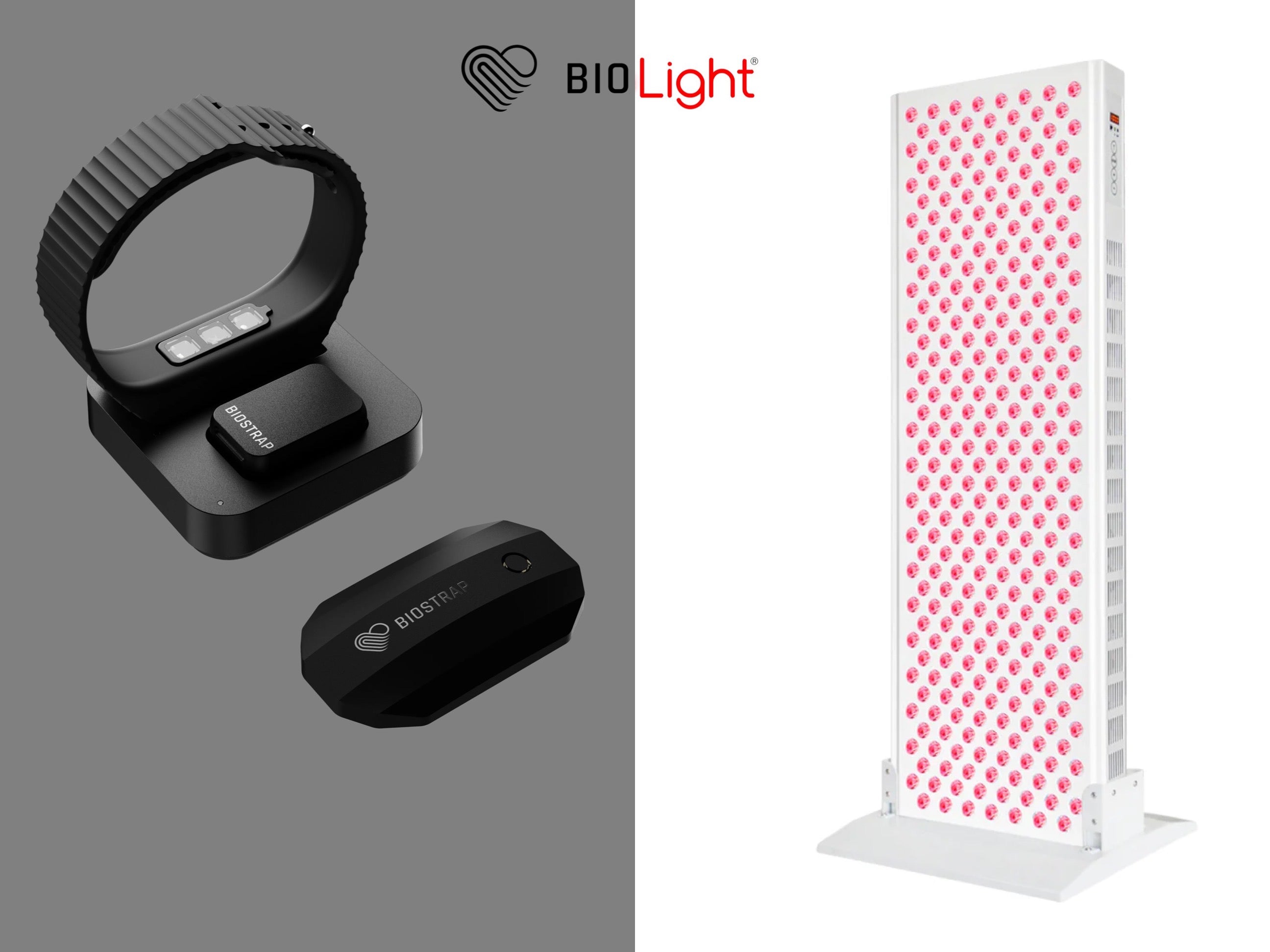Methylene Blue, a versatile and multifaceted compound, has gained attention for its wide range of applications, from treating methemoglobinemia to its potential in cognitive enhancement and mental health. However, understanding its safety and proper dosage is crucial for its effective and safe use. In this blog, we delve into the safety guidelines and dosage recommendations for Methylene Blue, ensuring you have the knowledge to use it responsibly.
Understanding Methylene Blue
Methylene Blue, first synthesized in 1876, is a synthetic dye with medical applications. It's primarily known for its role in treating methemoglobinemia, a condition where hemoglobin is unable to release oxygen effectively to body tissues. Beyond this, recent research explores its potential in neuroprotection, anti-aging, and even enhancing cognitive functions.
Safety Guidelines for Methylene Blue
Consult with a Healthcare Professional
Before starting Methylene Blue, it's vital to consult a healthcare provider, especially if you have pre-existing health conditions or are taking other medications. This precaution helps prevent adverse interactions and ensures the compound is safe for you.
Monitor for Side Effects
Common side effects of Methylene Blue include nausea, headache, and dizziness. In rare cases, it may cause serotonin syndrome, particularly when combined with certain antidepressants. If you experience any adverse reactions, discontinue use and seek medical advice promptly.
Avoid Excessive Doses
Exceeding the recommended dosage can lead to toxicity. Symptoms of Methylene Blue toxicity include skin discoloration, confusion, and severe nausea. Always adhere to dosage guidelines provided by your healthcare provider or product instructions.
Dosage Recommendations
Standard Dosage for Methemoglobinemia
The typical dosage for treating methemoglobinemia is 1-2 mg/kg of body weight, administered intravenously. This dosage should only be determined and supervised by a medical professional.
Cognitive Enhancement and Neuroprotection
For cognitive enhancement and neuroprotection, lower doses are often used. A typical dose ranges from 0.5 to 4 mg per day. It's important to start with the lowest possible dose and gradually increase, monitoring for any side effects.
Microdosing
Microdosing involves taking very small amounts of Methylene Blue, usually between 50 to 250 mcg, to potentially enhance cognitive function and energy levels. This method requires careful measurement and consistency to avoid exceeding safe levels.
Final Thoughts on Safe Usage
Methylene Blue offers promising benefits across various health domains, but safety and proper dosing are paramount. By consulting with healthcare professionals and adhering to recommended dosages, you can harness the potential of this compound safely. Always prioritize your health and well-being when exploring new supplements or treatments.















